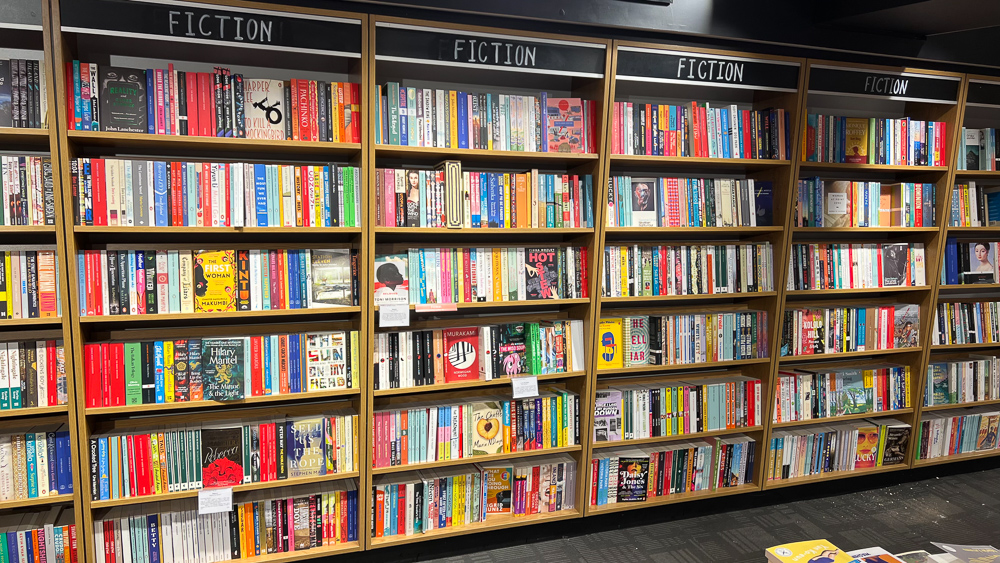Here is the abstract of a talk I am doing in Spain next month, on the impact of the Internet on wine communication. It is aimed at wineries. I wrote it on my phone on the way to the airport, where I am now blogging via my phone. It takes a while. It means I write less, which could be a good thing.
The Internet has changed the way we communicate. First of all came websites and bulletin boards, then blogs, then social media. This has happened over a short space of time. Initially the preserve of geeks, Internet communication has now become mainstream.
Teenagers live their life on Facebook; twitter comments are now quoted in the news everyday. In the past the media was under the control of publishers who acted as gatekeepers. Now everyone can play.
The style of communication has changed, too: it is no longer top-down, but horizontal – a conversation.
Wineries are now faced with amazing opportunities to join in this conversation. They can have a relationship with people who drink their wines, and also with the press. They can tell their own story. Here I discuss the various social media tools and the ways in which wineries can make the best use of them.
2 Comments on The Internet and its impact on wine communication


As far as the Internet is concerned, Usenet and Listserv predate websites. Some of us old-school types still use Usenet – alt-food-wine still lives.
And before the internet there were electronic bulletin boards you could access using modems. Before that I suppose you used real bulletin boards and sent out bits of paper.
Heh, bits of paper that were subscription-only!
In the wine world, as in other economic worlds, there are producers, consumers, and various parties who get involved to link and/or control them. If we take network architecture as a model, we think about layers of production, communication, and consumption in the wine world:
1) physical layer, i.e. the vines, vineyards, producers, conveyors, consumers — all of which are mappable — to date, this information is scattered into hard copies of books (Jancis, etc)
2) data layer, i.e. transferring data between network participants — surely this could be done more efficiently, c.f. David Gelernter’s book, Mirror Worlds — a single data warehouse could host for example all known data about winery production, climatological data, etc.
3) network layer, i.e. the function of connecting different data *areas* or regions to each other — to date, this presumably has occurred via professional trade shows, conferences, and government statistical offices — but the internet has helped connect other kinds of data, such as producer stories, to consumers, and consumer reactions (e.g. cellartracker) to producers
4) transport layer, i.e. the internet itself, or also shipping, which is really something important we need continually to refine and make more economical and efficient — I’m sure the internet has revolutionized shipping info — and also I suppose government policy is part of this layer too, since it affects the flow of goods and services
5) session layer, i.e. communications about time, a sort of meta layer, maybe this could have to do with a single year of production, such that we could see data and opinion merged in various ways about a particular vintage
6) presentation layer, i.e. changing data into forms that applications and users can accept, the syntax layer — not sure what the internet has done here, though your interest in the language and story of wine sounds apposite
7) application layer, i.e. the layer in which the user interacts with the network — this the internet has completely transformed, since we all now have access to wine data, in all its forms, 24/7/365 if we want to
Just some thoughts. I guess I find it intriguing to think about the internet as more than just a publishing organ, an informational “put” and “aggregator” machine ; it is clearly more than that, since it is basically the dominant means of verbal, visual, and data communication in our time.